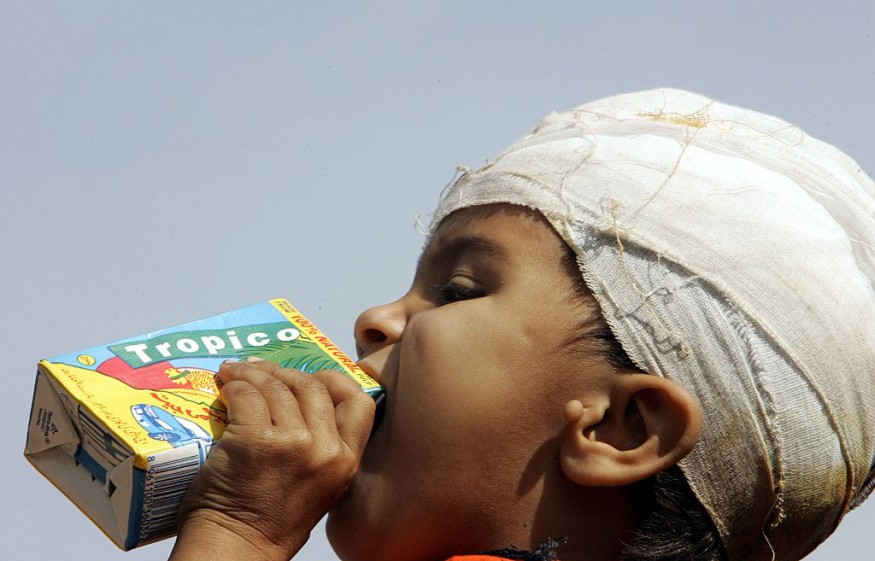Ketamine has been shown to effectively treat severe traumatic brain injuries (TBIs) in children, as revealed in the findings of a preliminary study. The results suggest a possible change in comprehending how ketamine impacts heightened pressure in the skull, a paradigm that has persisted for decades.

What is Ketamine?
According to Medical News Today, ketamine is a dissociative anesthetic frequently used by doctors to induce general anesthesia for medical procedures. It produces a sleep-like state and can cause hallucinations, much like other drugs such as LSD and PCP.
Doctors use ketamine alone or with other general anesthetics to induce general anesthesia. The FDA has only approved ketamine for general anesthesia, although it has some off-label uses. Ketamine treats pain, refractory status epilepticus, depression, and anxiety.
Ketamine also produces short-term sedation in emergency department settings, such as reducing fractures and treating joint dislocations in uncooperative individuals like children. Moreover, low doses of ketamine are also used to treat severe pain from conditions such as trauma, fractures, abdominal pain, arm or leg pain, and low back pain.
The drug has also shown promise in treating refractory status epilepticus, a severe form of status epilepticus that does not respond to standard antiseizure medicines. It has also been found to quickly relieve depression in people who do not respond to other treatments. It may also effectively treat social anxiety disorder, although more studies are needed to explore this potential benefit.
Ketamine Lowers Intracranial Pressure
Increased intracranial pressure (ICP) is a dangerous condition that can arise due to head injuries, Newsweek reports. Severe TBIs can lead to comatose states, long-term neurological impairments, or even death. Children with severe TBIs must focus on preventing and treating high pressure inside the skull, which could lead to ongoing brain damage.
Unfortunately, the available treatment options are limited and primarily involve using a few medicines and techniques. Hence, finding new treatments that could improve outcomes for these patients is a critical effort for clinicians and clinical researchers.
Researchers have recently investigated ketamine's potential for treating mental health conditions such as depression, post-traumatic stress disorder, and anxiety.
In the recent study titled "Acute Effects of Ketamine on Intracranial Pressure in Children With Severe Traumatic Brain Injury," published in Critical Care Medicine, researchers looked at the medical records of 33 children with severe TBI to explore ketamine's potential effects on ICP.
The study investigated whether ketamine could be an appropriate choice for sedative medication in patients with severe TBI and whether it could be useful for treating ICP when it is dangerously high. The study's findings suggest that ketamine did not raise ICP and even lowered it in some cases.
Furthermore, they observed an overall decrease in ICP in patients who received ketamine during ICP crises, which suggests a potential paradigm shift related to ketamine and ICP. Therefore, ketamine could be another tool to treat children with traumatic brain injury better.
The current study indicates that adding ketamine to treatment protocols could be impactful, supporting better treatment outcomes. While these results show promise, it is crucial to note that the research is still preliminary, and more investigations will be required before such treatments can be approved.
RELATED ARTICLE : Light Therapy May Be Effective Treatment for Traumatic Brain Injury
Check out more news and information on Brain Injury on Science Times.
© 2025 ScienceTimes.com All rights reserved. Do not reproduce without permission. The window to the world of Science Times.











